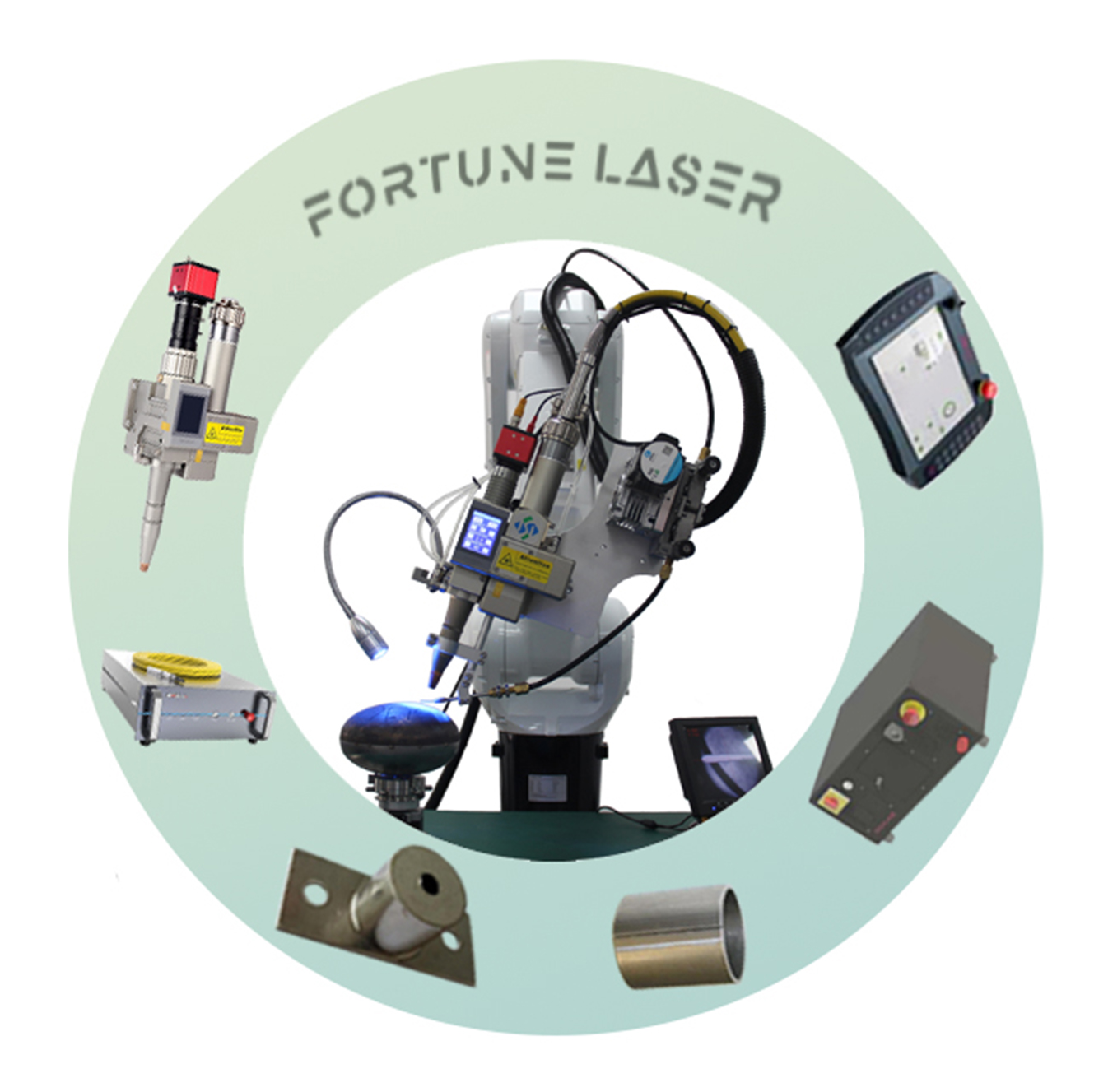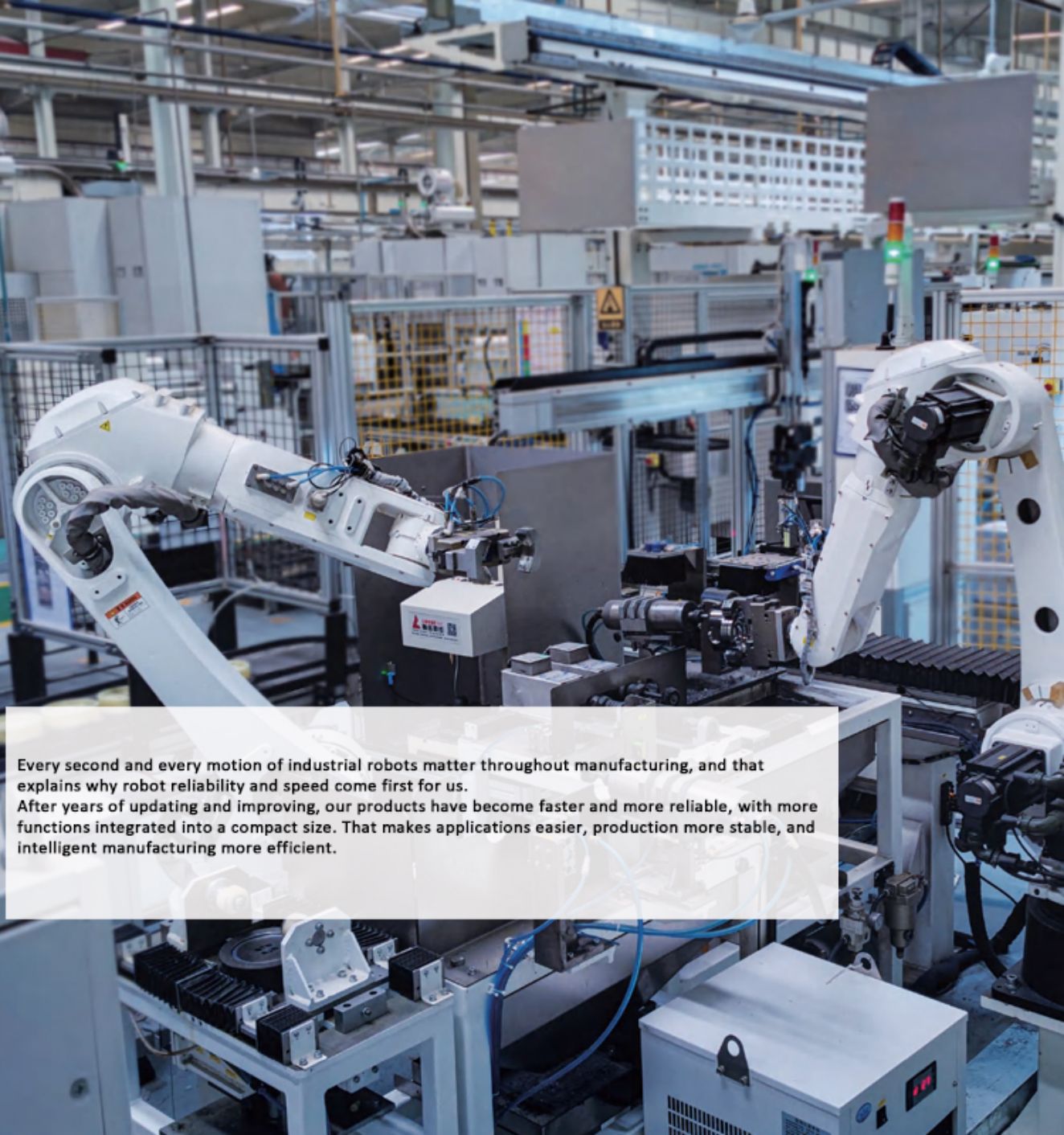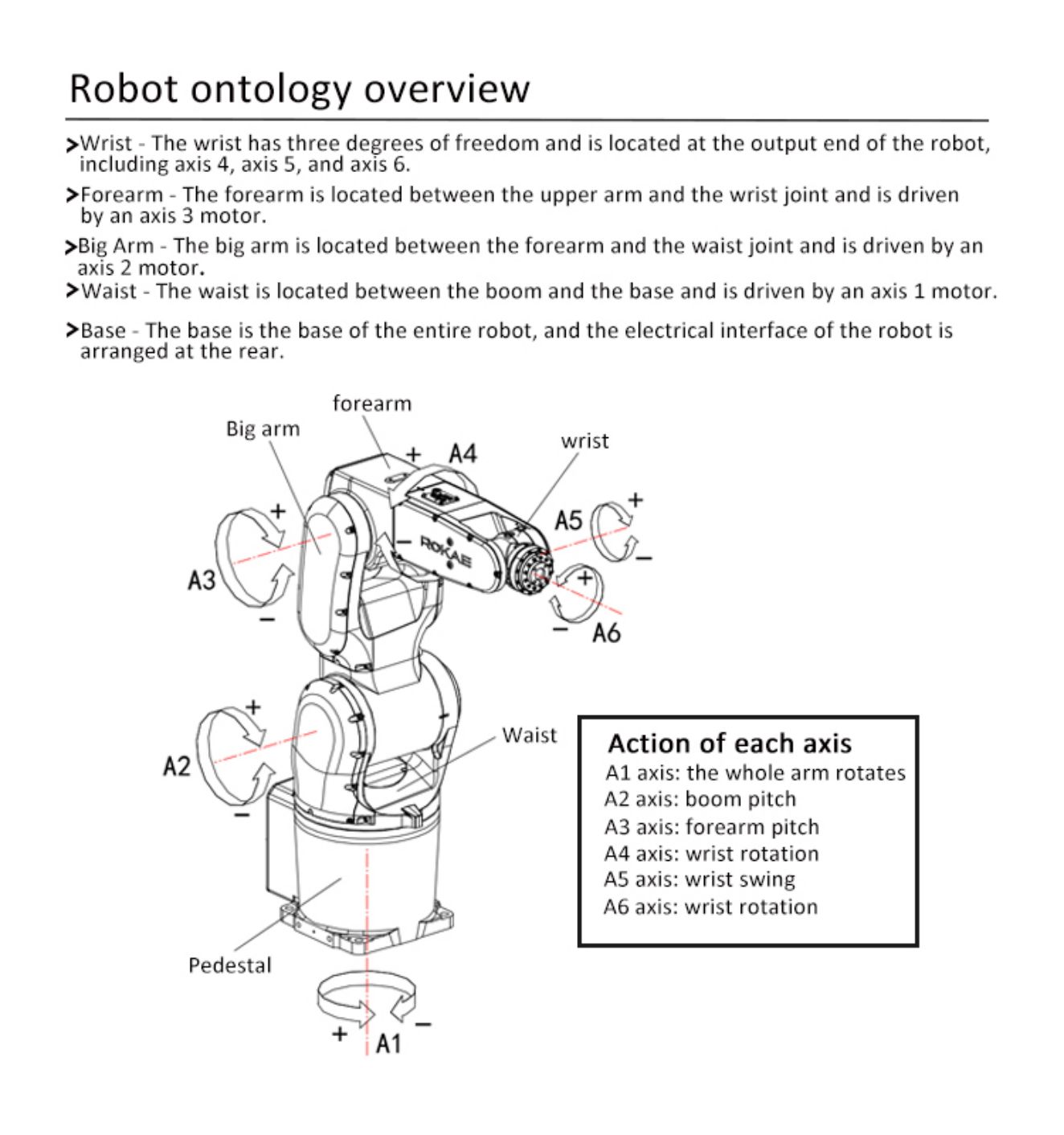Laser welding has become an increasingly popular method in the field of welding due to its many advantages. One of the most powerful advances in laser welding technology is the integration of robotic systems. Robotic laser welding has several key advantages, enabling high-precision, high-speed and high-stability welding operations. In addition, these systems also have the characteristics of non-contact welding, small welding deformation, strong welding adaptability, high degree of automation, and environmental friendliness.

High precision capability:
The robot system is equipped with advanced positioning and control technology to ensure accurate welding operations and ensure the quality and accuracy of welded joints. With laser technology, welders can achieve extremely precise and intricate welds, even in hard-to-reach areas. This precision is critical in industries such as automotive, aerospace and electronics, where the smallest error can lead to catastrophic failure.
High-speed:
These systems can complete welding tasks significantly faster than traditional welding methods. The high-speed capabilities of robotic laser welding not only increase productivity, but also save time. This makes it ideal for high-volume production lines where speed is a key factor in meeting tight deadlines and achieving high output rates.
High stability during welding:
The small heat-affected zone produced by laser welding reduces heat input, thereby reducing deformation and thermal stress. This improves the stability and consistency of the weld, making it more reliable and durable. The high stability provided by robotic laser welding ensures that welded joints can withstand the stresses of everyday use, making them suitable for critical applications.
Non-contact welding:
In this method, the torch does not directly contact the workpiece surface. This eliminates the wear and contamination that can occur with traditional welding methods and increases the life of the equipment. Without physical contact, robotic laser welding reduces the risk of damage to sensitive or fragile materials, ensuring higher quality welds.

The low welding distortion achieved by robotic laser welding:
The smaller heat-affected zone and reduced heat input during laser welding help eliminate or minimize workpiece distortion. This allows manufacturers to maintain the shape and dimensions of the workpiece, ensuring that the final product meets precise specifications. The ability to minimize weld distortion is especially important when dealing with complex shapes or when tight tolerances need to be maintained.
Strong welding adaptability:
These systems can weld workpieces of different shapes and materials, including metals, plastics and others. This high degree of flexibility and adaptability makes robotic laser welding suitable for a wide variety of industries and applications. Manufacturers can rely on these systems to handle a variety of welding tasks, reducing the need for multiple dedicated welding machines and equipment.
In addition, robotic laser welding systems are highly automated:
These systems can be seamlessly integrated into automated production lines for fully automated welding operations. With minimal human intervention, manufacturers can achieve greater productivity and consistency. The automation provided by robotic laser welding systems reduces reliance on human operators, minimizes the risk of errors, and ensures consistent and high-quality welds throughout production.
Environmental friendliness:
The use of laser technology eliminates the need for welding aids such as welding wire or flux, thereby reducing environmental pollution and waste generation. Traditional welding methods often rely on consumable materials that are harmful to the environment. By eliminating the need for these materials, robotic laser welding minimizes the environmental impact of the welding process, making it a more sustainable option.

In summary, the advantages offered by laser welding robotic systems make them ideal for the welding field. Its high precision, high speed and high stability capabilities enable precise and reliable welding. Non-contact welding, small welding deformation, and strong welding adaptability make these systems overall flexible and versatile. High automation and environmental friendliness further enhance their appeal. As technology continues to advance, robotic laser welding systems are poised to revolutionize the welding industry, paving the way for more efficient, precise and sustainable welding operations.
Post time: Aug-21-2023









